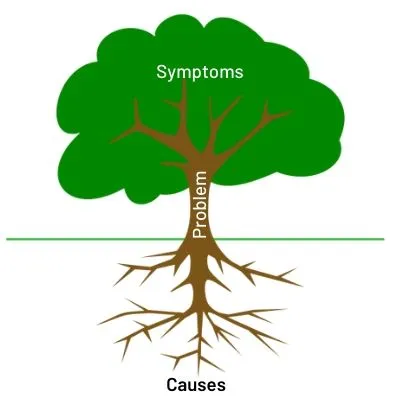

I was very impressed with Sissel's Lean Six Sigma knowledge. She makes it easy to identify improvements and create results.



The Lead Lean conference focused on exploitation (optimization) and exploration (innovation).
How can Lean Six Sigma contribute to both?

To me, Lean Six Sigma is about challenging established truths by asking questions and require facts. Questions enable us to develop and innovate.
Some questions can be perceived as criticism therefore it is important to focus on the process, not the person.

The purpose of a root cause analysis is to determine the true causes of a problem to implement targeted measures.
As the picture illustrates, a problem (the tree) can have many causes (roots). Over time, the symptoms (leaves of the tree) and the problem (tree) grow larger and become more and more visible.
Lean Tech AS | Kristoffer Robins vei 13
0047 481 23 070
Oslo, Norway
L - Look for solutions
E – Enthusiastic
A – Analytical
N - Never give up